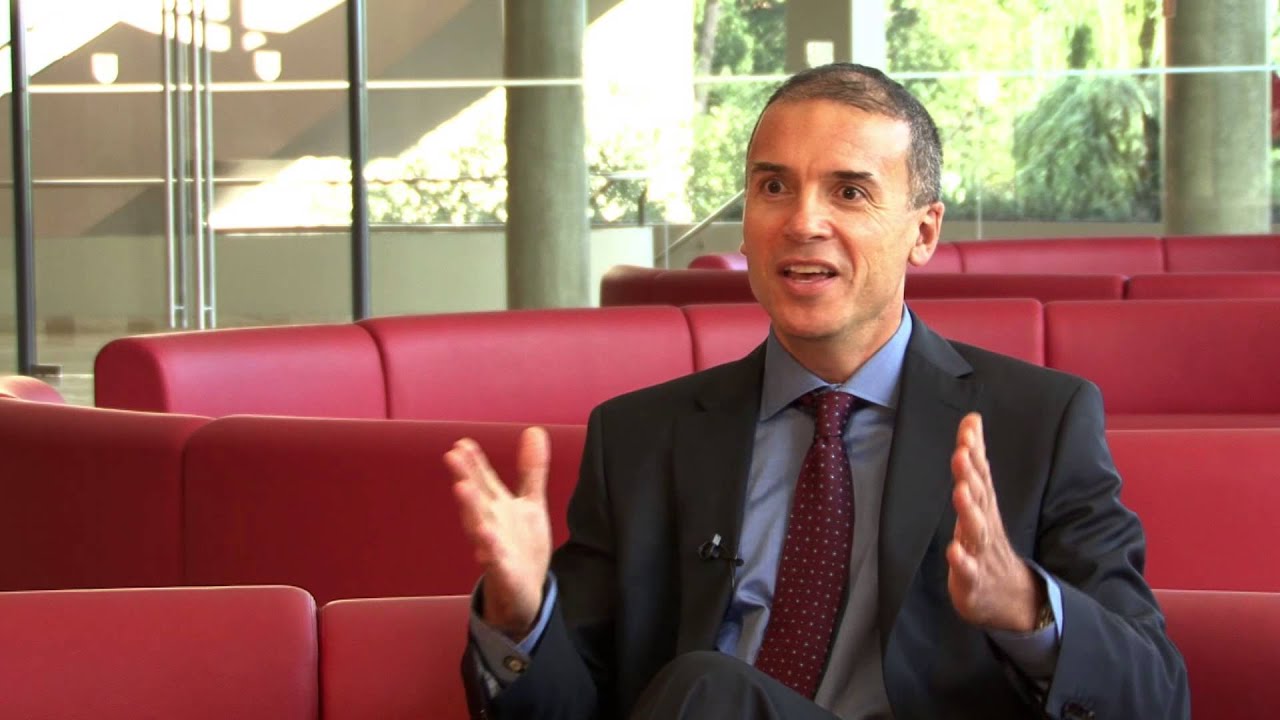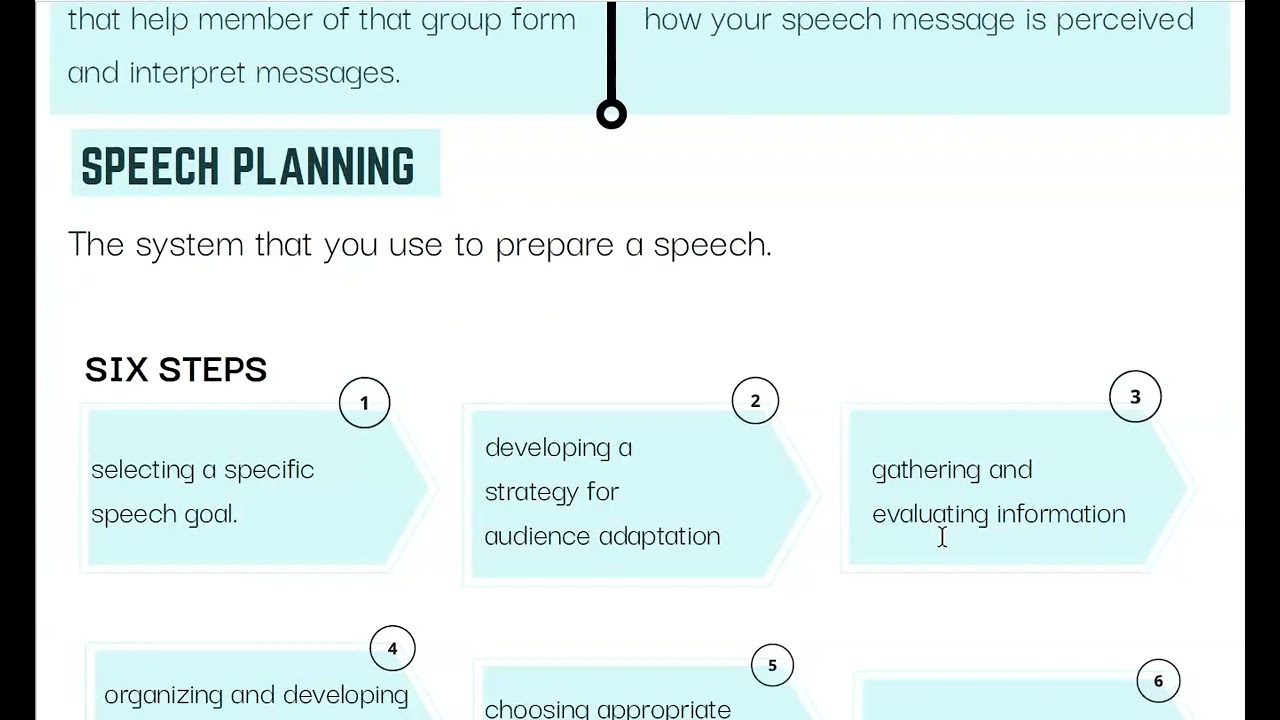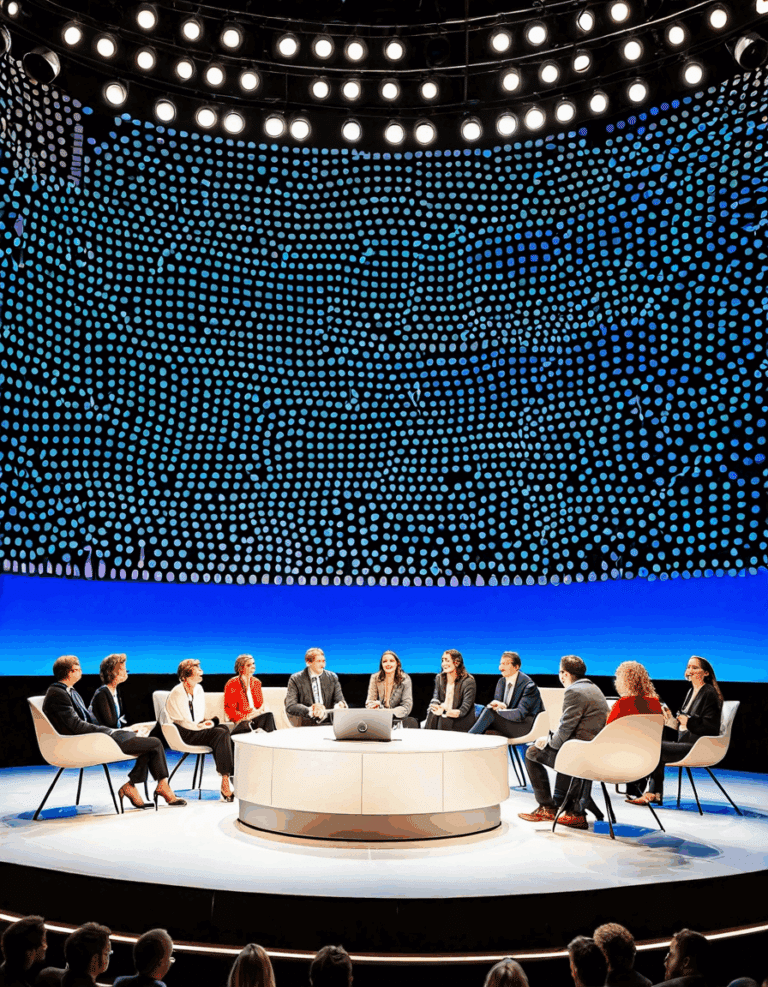In today’s fast-paced world, audience centeredness means that public speaker should focus on connecting with their audience on a deeper level. This isn’t just an art; it’s a critical skill that separates the effective speakers from the mediocre ones. Engaging audiences involves prioritizing their needs, preferences, and emotions – a strong principle exemplified by successful figures like Brené Brown and Simon Sinek. They’ve mastered the craft of genuine connection, which transforms boring presentations into memorable experiences.
So, how do you capture that essence in your public speaking? Below, we’ve outlined the top ways in which audience centeredness means that public speaker should engage effectively, drawing from real-world examples and proven strategies.

Top 5 Ways Audience Centeredness Means That Public Speaker Should Engage Effectively

1. Know Your Audience Inside and Out
The key to reaching your audience lies in knowing them intimately. Audience centeredness means that public speakers should engage in pre-event research, digging deep into demographics, challenges, and aspirations. Take a cue from Tony Robbins, who dives into attendee information before his seminars.
Example: Before his wildly popular “Unleash the Power Within” seminars, Robbins meticulously gathers data from attendee forms. This enables him to craft experiences that resonate with their aspirations, making the audience feel like the content was custom-made for them.

2. Harness the Power of Storytelling
Storytelling is pure gold in the realm of public speaking. It acts as a bridge connecting the speaker to the audience, enhancing relatability and emotional engagement. Instead of listing facts, weave narratives that echo your listeners’ own experiences. Oprah Winfrey excels in this arena, illustrating broader themes of resilience through personal anecdotes.
Example: In her speeches, Oprah often shares her journey from overcoming childhood adversities to attaining greatness. This technique helps audiences see their own struggles reflected, creating a profound emotional connection.
3. Utilize Nonverbal Communication Effectively
Body language, gestures, and vocal tones augment your message and engage your audience. Remember, nonverbal communication is based on a speaker’s ability to convey the right feelings and create an inviting atmosphere. Michelle Obama nailed this during her “Becoming” book tour, employing eye contact and open gestures.
Example: Michelle’s approachable demeanor not only draws the audience in but establishes a sense of inclusion. When listeners feel invited into your space, they’re more likely to connect with your message.
4. Foster Interaction and Dialogue
Gone are the days of monologues; engagement is about dialogue. Successful speakers actively involve their audiences through methods like polls, Q&As, and discussions. This approach transforms passive listeners into active participants.
Example: Amy Cuddy’s TED Talks stand out because she encourages involvement. By inviting attendees to demonstrate body language techniques, she turns her talks into interactive experiences, amplifying engagement levels.
5. Customize Content for the Audience’s Needs
To truly engage, audience centeredness means that public speakers should adapt their content according to their listeners’ needs. The capacity to pivot your message mid-delivery can dramatically enhance audience reception.
Example: Gary Vaynerchuk exemplifies this during keynote speeches for tech startups. He switches gears, using language and illustrations specifically geared toward entrepreneurial challenges. This tailored approach hits home with his audience, illustrating his understanding of their world.

Innovative Audience Engagement Strategies for Public Speakers
Enhancing audience engagement involves more than the basics; incorporating innovative strategies can elevate the experience. Think about integrating live feedback apps, visual storytelling, or leveraging social media pre-and post-event.
Public speakers can utilize platforms like Slido or Mentimeter, which allow for live interactions and questions. This real-time engagement helps ensure attendees feel valued and heard, creating a conversation, not a lecture.
Moreover, consider adding dynamic elements—such as great Powerpoint Presentations Examples—to visually captivate your listeners, reinforcing your message and keeping their attention unwavering. With compelling visuals, you can stimulate interest, making the spoken word even more impactful.
Final Thoughts
Mastering audience centeredness is a continuous yet fulfilling journey. By immersing yourself in understanding your audience, sharing relatable stories, refining your nonverbal signals, inviting dialogue, and customizing content, you unlock the true potential of your speaking engagements.
When audiences feel engaged and recognized, they are far more inclined to absorb and act on your ideas. Transform standard presentations into profound experiences, and take control of your speaking career. After all, every time you step onto the stage, you hold the power to uplift and inspire, leading by example.
Join the ranks of those who have mastered the art of impactful speaking—because, ultimately, audience centeredness means that public speaker should strive not just to be heard, but to be felt. It’s time to shine!

Audience Centeredness Means That Public Speaker Should Engage Audiences Effectively
The Heart of Audience Engagement
Audience centeredness means that public speaker should focus on their audience’s interests, emotions, and needs right from the start. Think of it like hosting a dinner party — you wouldn’t serve a vegan the same meal you’d serve a meat-lover. Tailoring your message makes it more relatable, which can ease feelings of stage fright. Speaking of stage fright, did you know that there are fun ways To overcome stage fright that can give you the confidence you need? Try a quick breathing exercise or visualize a supportive crowd. Remember, it’s all about connection.
In our fast-paced society, the ability to adapt your content is crucial. You wouldn’t want to bore your audience with dry statistics. Instead, throw in some trivia! For instance, have you ever wondered what the largest populated cities in the United States are? Knowing little tidbits about your audience’s hometown can spark interest and create a more engaging atmosphere. Just like that catchy tune “Long Cool Woman in a Black Dress,” you want your presentation to resonate and stay in their minds long after they’ve left the room.
The Details Matter
Audience centeredness means that public speaker should also leverage effective tools like a captivating presentation slide show. Visual aids can enhance your message and keep the audience hooked. If you sprinkle in interactive elements — like polls or Q&A sessions — it transforms the speech into a lively conversation rather than a one-way street. Want to channel your inner Michael Scott? Sometimes humor can defuse tension. However, just like you wouldn’t snort gabapentin to relax before a speech, aim for natural humor that feels right for your style.
Moreover, engaging with your audience isn’t just about entertaining them; it’s about building a bridge. Think about your Goals And Habits to enrich your speaking style. The more you practice and seek feedback, the better your connection with the audience will be. Lastly, remember that even small things can make a difference, like choosing the right icebreakers or giving thoughtful under $ 25 white elephant Gifts related to your theme — it keeps things light and encourages participation! Never forget, audience centeredness means that public speaker should always strive for a personal touch; it’s what turns a good speech into a memorable experience.










